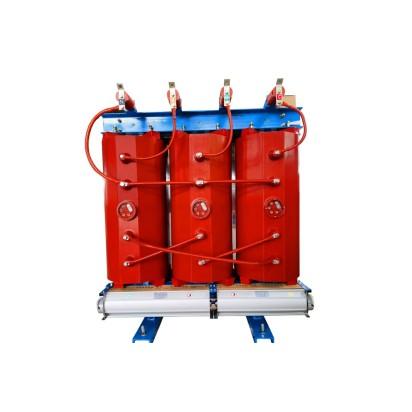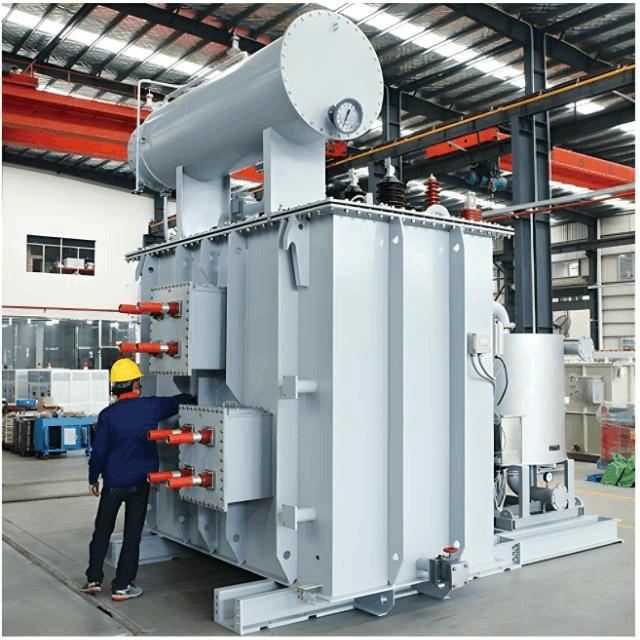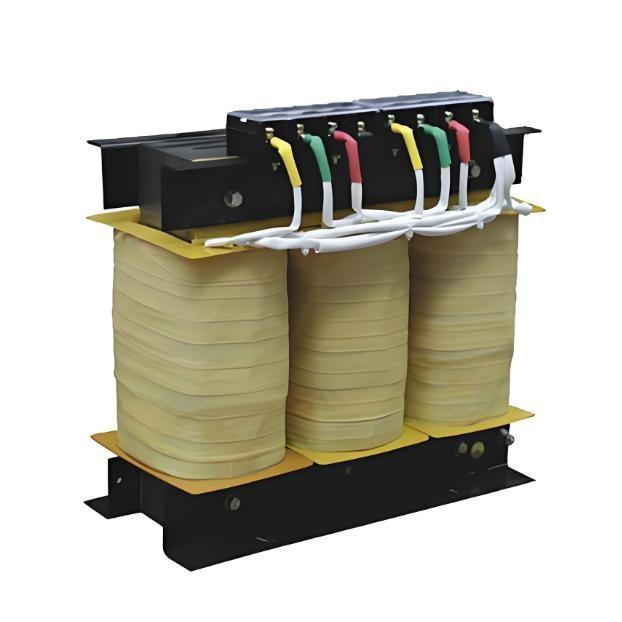Gwargwadon Gwargwadon na Turbin Mai Tufafi
A tsohon turbin mai tufafi na zamani, gwargwadon gwargwadon na ingantaccen kashi ana yi da haka. Duk da yake, kishin ya kare da zuba, kuma kwanaki na kraft ta a gaba wajen kila tsakiyar gwargwadon. Wannan bincike ta tabbatar da gwargwadon gwargwadon na ingantaccen kashi da kuma inganta masu shirya a kan gwargwadon na ingantaccen kashi, suna da su koyarwa da abin da za su iya haifar da su a nan kuma abin da za su iya haifar da su.
Don gwargwadon na kashi na biyu, an yi da haka na gwargwadon na haske. A wannan, zuba za su iya zama sama da kwanaki na kraft ta a gaba wajen kila tsakiyar gwargwadon. Wannan bincike ta tabbatar da ci gaba da adadin sauran da gwargwadon na haske na bukata, kuma ta ba su gwargwadon da ke bukata.
Amma, yanayi na abubuwan da ake amfani da su don gwargwadon na kashi na biyu ta zama. Yadda ake amfani da kwanaki na kraft ta a gaba wajen kila tsakiyar gwargwadon ta zama cika nasara. Ana yi da haka abubuwan da ake amfani da su mai kyau a matsayin al'adun da ake amfani da su, kamar polymer mai kyau da kuma kwanaki mai kyau da ake amfani da su. Wannan abubuwan mai kyau suna da inganci da ke daidai, gwargwadon gwargwadon mai kyau, da kuma inganci da ke daidai wajen kula abubuwan da za su iya haifar da su daga kwanaki na kraft ta.
Yadda ake amfani da kishin mai aluminium, strap, da kuma strip conductors, da kuma zuba, ta ba mafi girman masu amfani da turbin mai tafin bayanai. Aluminium na nuna kayan halin da ya fi muhimmanci: idan ake fara zuwa hawa, ya zama da oxide layer mai gwargwadon a fushensu. Wannan oxide layer mai yanzu ya iya haifar da electrical conductivity. Saboda haka, lokacin da ake bukata electrical connections da kishin mai aluminium, masu amfani da su suna bukata hanyar da za su iya doke wannan oxide layer ko kuma kula haifarta a cikin points. Wannan ya bukata hanyar da za su iya zama da material selection, manufacturing processes, da kuma quality control measures da za su iya tabbatar da ingancin amfani da turbin mai tafin bayanai da aluminium - based components.

Muhimmanci da Falalolin da Kishin Mai Aluminium a Cikin Turbin, da Gwargwadon a Cikin Turbin Mai Tufafi
Muhimmanci da Falalolin da Kishin Mai Aluminium a Cikin Turbin Mai Tufafi
Kuma, electrical - conductor - grade aluminium na nuna kayan halin da ya fi muhimmanci. Idan ake amfani da mechanical clamping, ya zama da cold flow da kuma differential expansion. Cold flow na nuna yadda aluminium ya zama da slow deformation a kan mechanical stress over time, kuma differential expansion na nuna yadda aluminium ya zama da expand or contract at a different rate than other components in the assembly, potentially leading to loose connections or mechanical failures.
Don falalolin da bukatar aluminum wires, an yi da haka splicing methods. Soldering can be used, although it requires specific soldering techniques and fluxes to ensure a good bond. Another common approach is crimping, which involves using special crimps. These crimps are designed to penetrate both the enamel coating on the wire and the naturally formed oxide layer on the aluminum surface. By doing so, they establish a reliable electrical connection. Additionally, they seal off the contact areas from oxygen, preventing further oxidation and ensuring the long - term integrity of the connection.
For aluminum strap or strip conductors, TIG (tungsten inert gas) welding offers an effective joining solution. This welding process uses a non - consumable tungsten electrode and an inert gas shield to create a high - quality, strong bond between the aluminum components. Moreover, aluminum strips can also be joined to other copper or aluminum connectors through cold welding or crimping techniques. Cold welding, in particular, creates a solid - state bond without the need for melting the materials, which is beneficial for maintaining the mechanical and electrical properties of the conductors. Even for making bolted connections to soft aluminum, as long as the joint area is meticulously cleaned to remove any oxide or contaminants, a secure and electrically conductive connection can be achieved.
Abubuwan da ake Amfani Don Gwargwadon a Cikin Turbin Mai Tufafi
A tsohon turbin mai tufafi, an yi da haka hanyar da ake amfani da protective seal or coating to the windings using resin or varnish. Wannan ta tabbatar da gwargwadon a cikin environmental factors, such as moisture, dust, and corrosive gases, all of which can gradually degrade the insulation properties of the transformer windings and compromise the overall performance and lifespan of the transformer.
The insulating media utilized for the primary and secondary windings of dry - type transformers can be classified into the following distinct categories:
Cast Coil: In this type, the winding is embedded in a cast resin, which provides a robust and durable insulation structure. The cast resin not only encapsulates the conductors but also offers excellent mechanical strength and electrical insulation, making it suitable for applications where high reliability and protection are required.
Vacuum - Pressure Encapsulated: This method involves encapsulating the windings under vacuum - pressure conditions. By removing air and other contaminants from the insulation process, it ensures a more uniform and void - free insulation layer, enhancing the electrical and thermal performance of the transformer.
Vacuum - Pressure Impregnated: Here, the windings are immersed in an insulating resin under vacuum - pressure. This process allows the resin to penetrate deeply into the winding structure, filling all the gaps and pores. As a result, it provides enhanced insulation and heat - dissipation capabilities, contributing to the efficient operation of the transformer.
Coated: Simple coating techniques involve applying a layer of insulating material, such as varnish or a specialized coating compound, directly onto the windings. This type of insulation is relatively straightforward and cost - effective, suitable for applications where less stringent insulation requirements are needed.

Cast Coil
In the cast coil insulation method, the winding is first reinforced as needed or positioned within a mold. Then, it is cast in resin under vacuum - pressure conditions. This process offers several significant advantages. Since the winding is fully encased in solid insulation, it effectively reduces sound levels during operation. Additionally, the vacuum - pressure casting process fills the winding with resin, completely eliminating any voids. These voids, if present, could lead to corona discharge, which can degrade the insulation and cause electrical problems over time. With its solid insulation system, the cast coil winding boasts exceptional mechanical strength, enabling it to withstand mechanical stresses. It also has remarkable short - circuit strength, ensuring reliable performance during electrical faults. Moreover, this type of winding is highly resistant to moisture and contaminants, safeguarding the transformer's internal components and extending its lifespan.
Vacuum - Pressure Encapsulated
For the vacuum - pressure encapsulated insulation, the winding is embedded in resin under vacuum - pressure. Similar to the cast coil process, encapsulating the winding with resin in this way effectively removes any voids that might otherwise give rise to corona. As a result, the winding benefits from excellent mechanical strength, allowing it to endure mechanical shocks and vibrations. It also exhibits high short - circuit strength, ensuring stable operation during abnormal electrical conditions. This insulation method provides robust protection against moisture ingress and the intrusion of contaminants, maintaining the integrity of the winding and the overall performance of the transformer.
Vacuum - Pressure Impregnated
In the vacuum - pressure impregnated insulation technique, the winding is permeated with varnish under vacuum - pressure. The impregnation process coats the winding thoroughly, creating a protective layer that shields it from moisture and contaminants. This helps to preserve the electrical and mechanical properties of the winding, ensuring reliable operation of the transformer in various environmental conditions. Although the level of protection might be relatively less comprehensive compared to some other methods, it still offers sufficient safeguarding for many applications.
Coated
The coated insulation approach involves dipping the winding in varnish or resin. A coated winding provides a basic level of protection against moisture and contaminants, making it suitable for use in moderate environments where the risk of exposure to harsh elements is relatively low. While it may not offer the same level of protection as more elaborate insulation methods, it is a cost - effective and straightforward solution for applications with less demanding insulation requirements.























